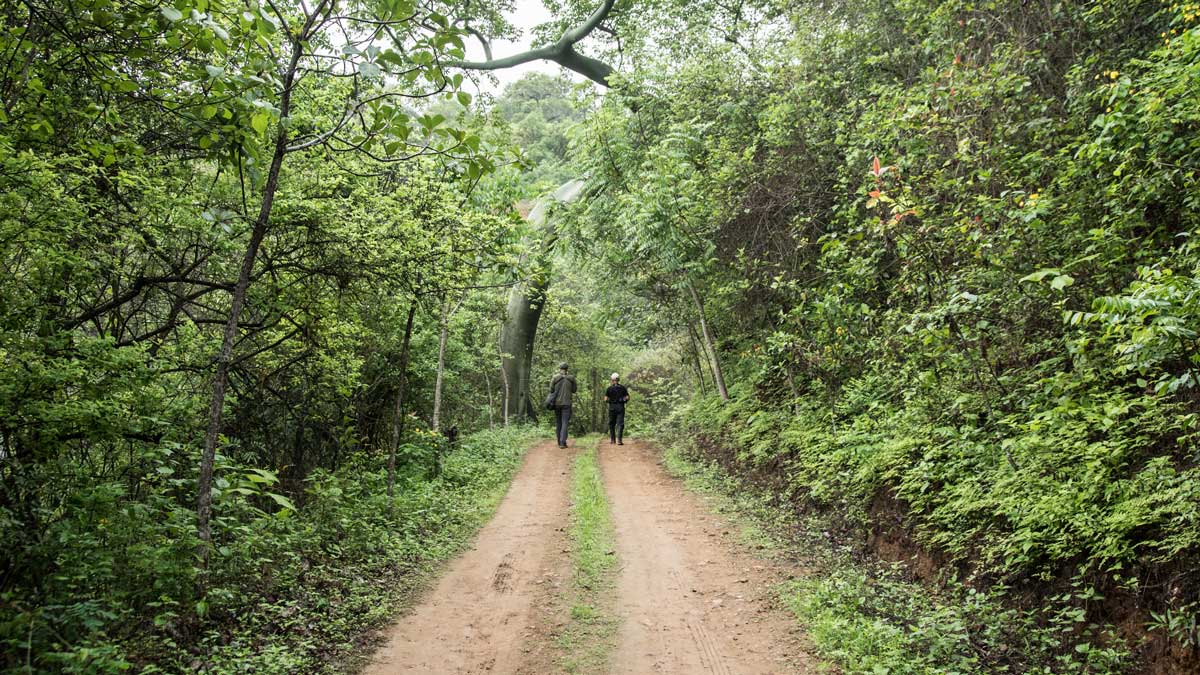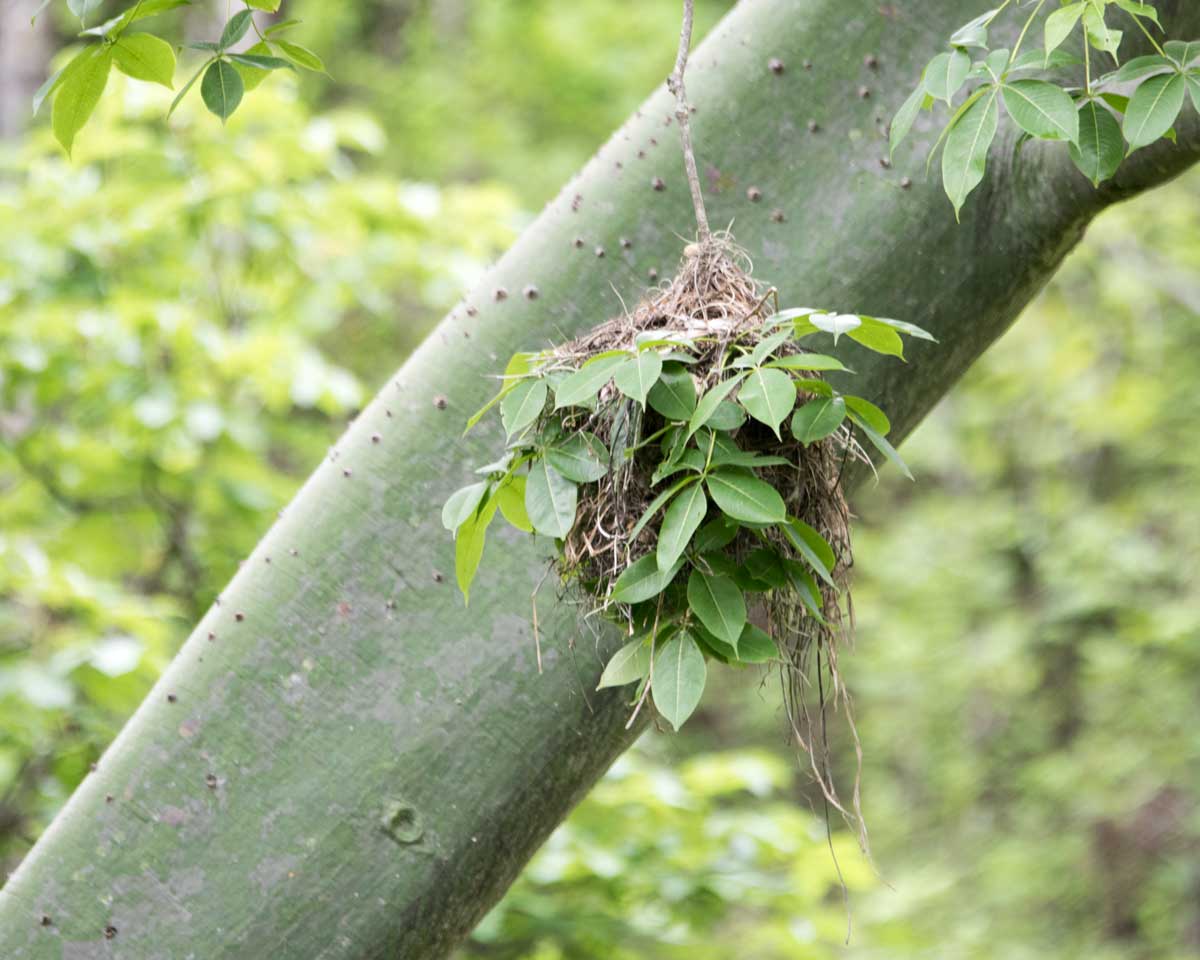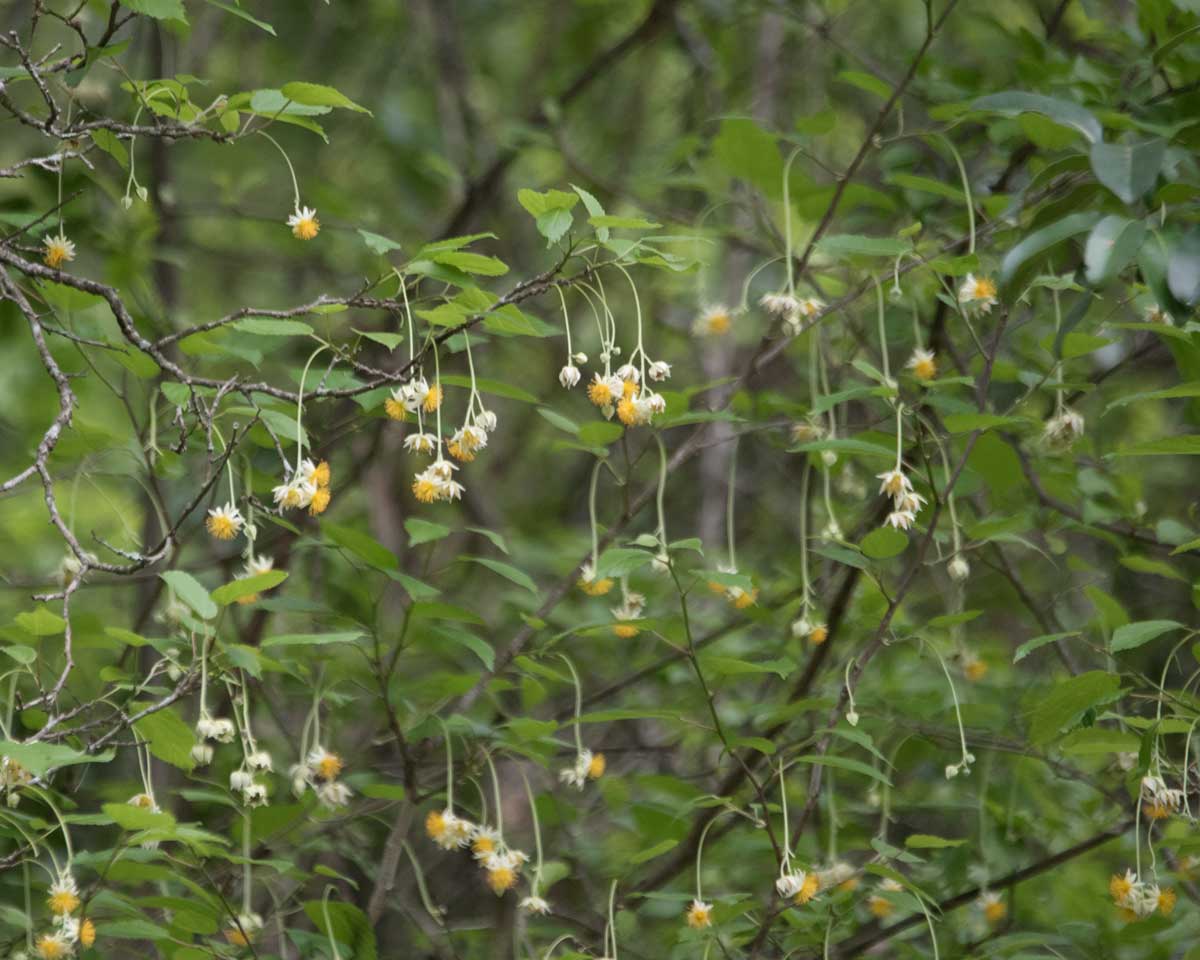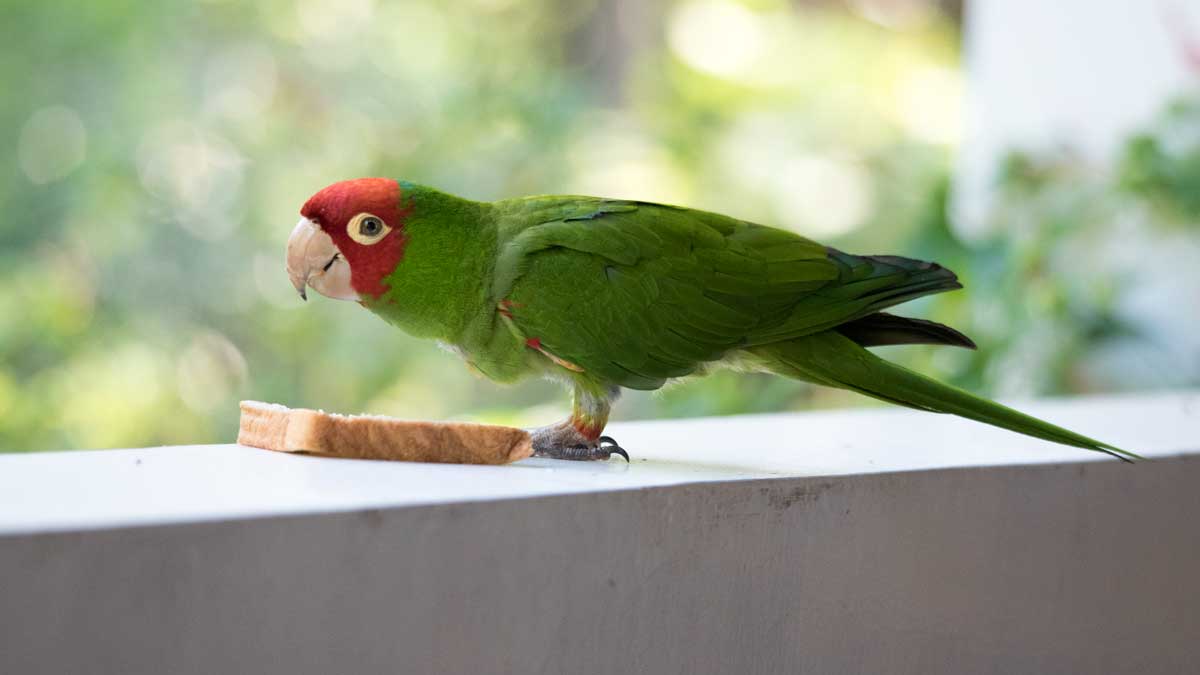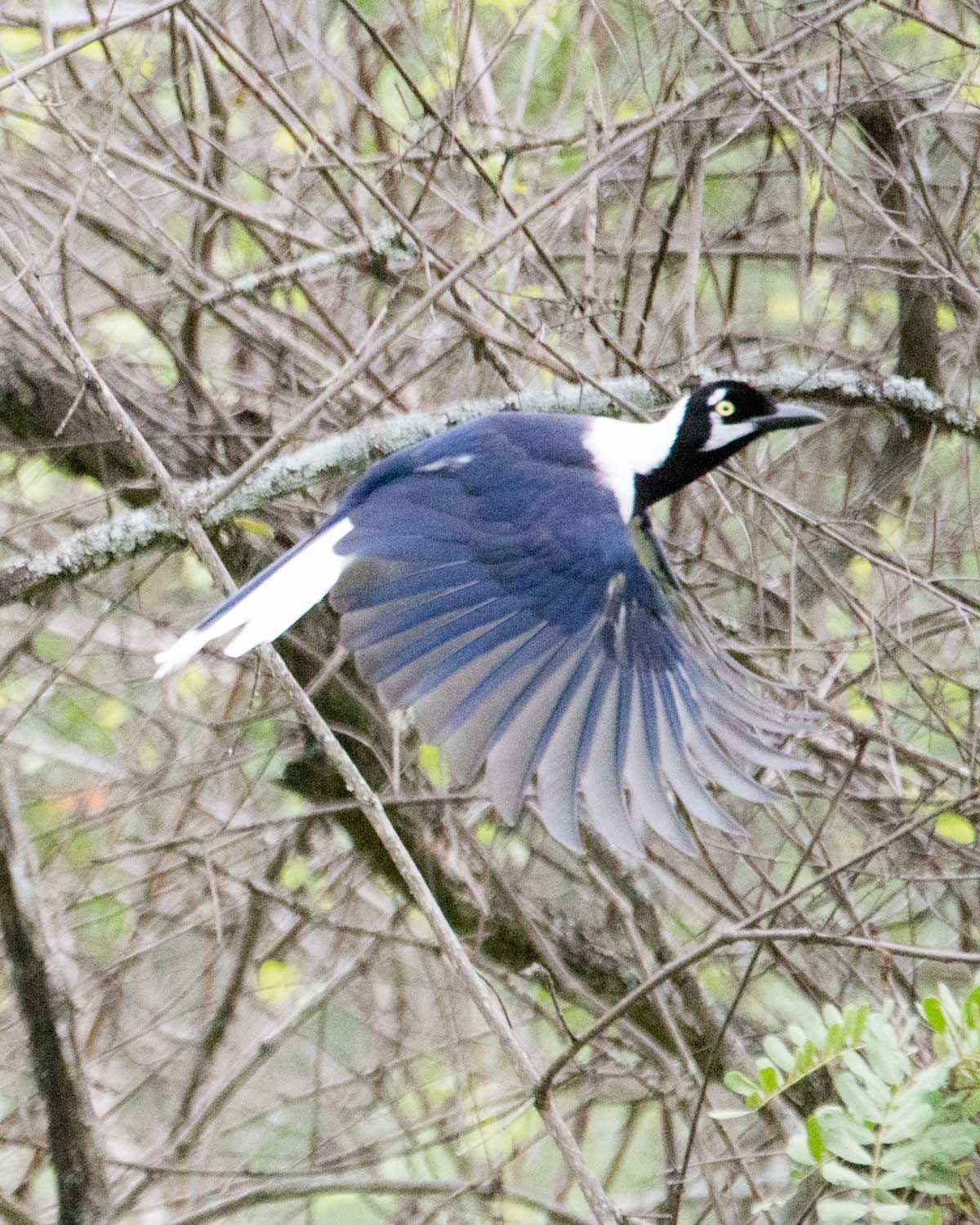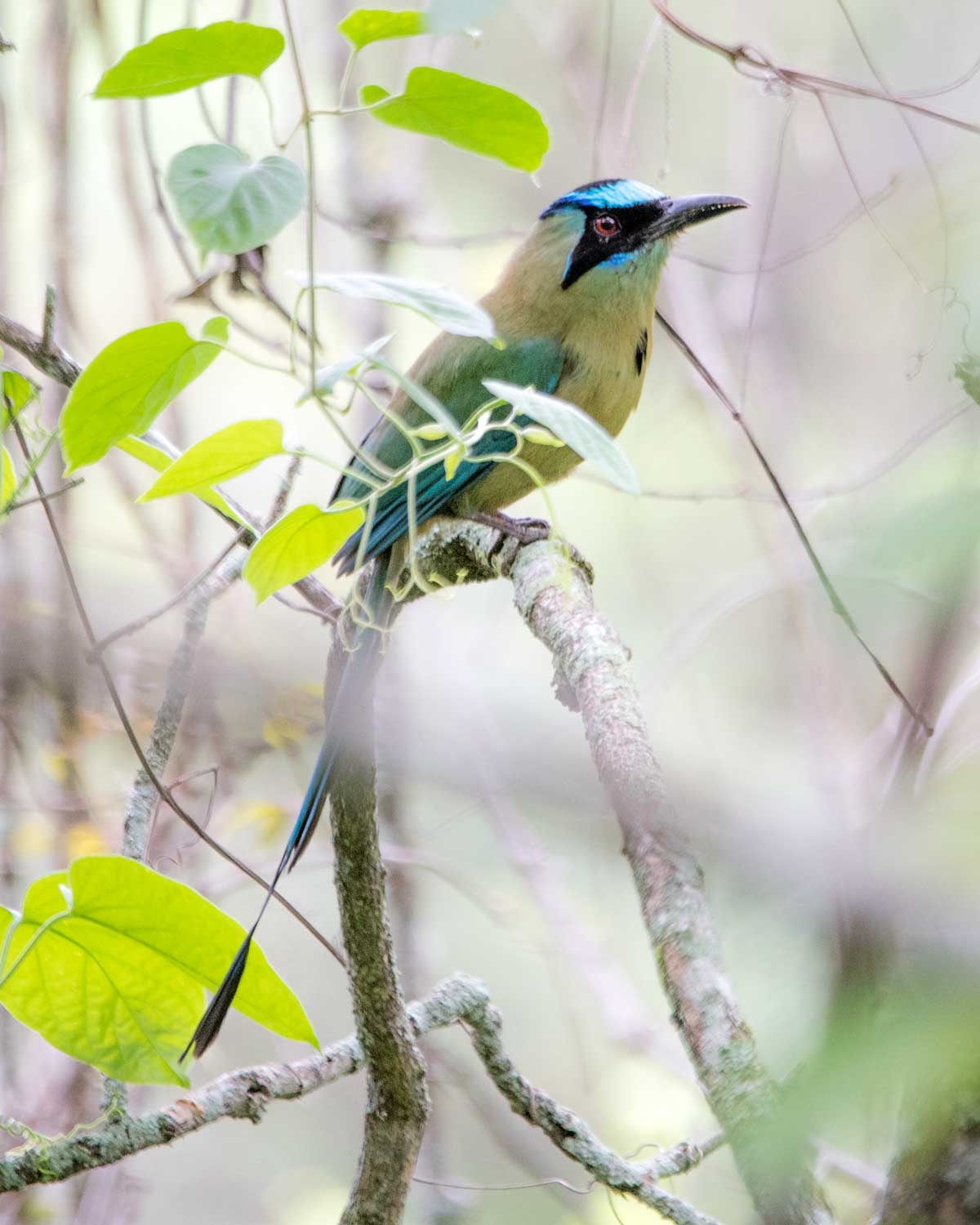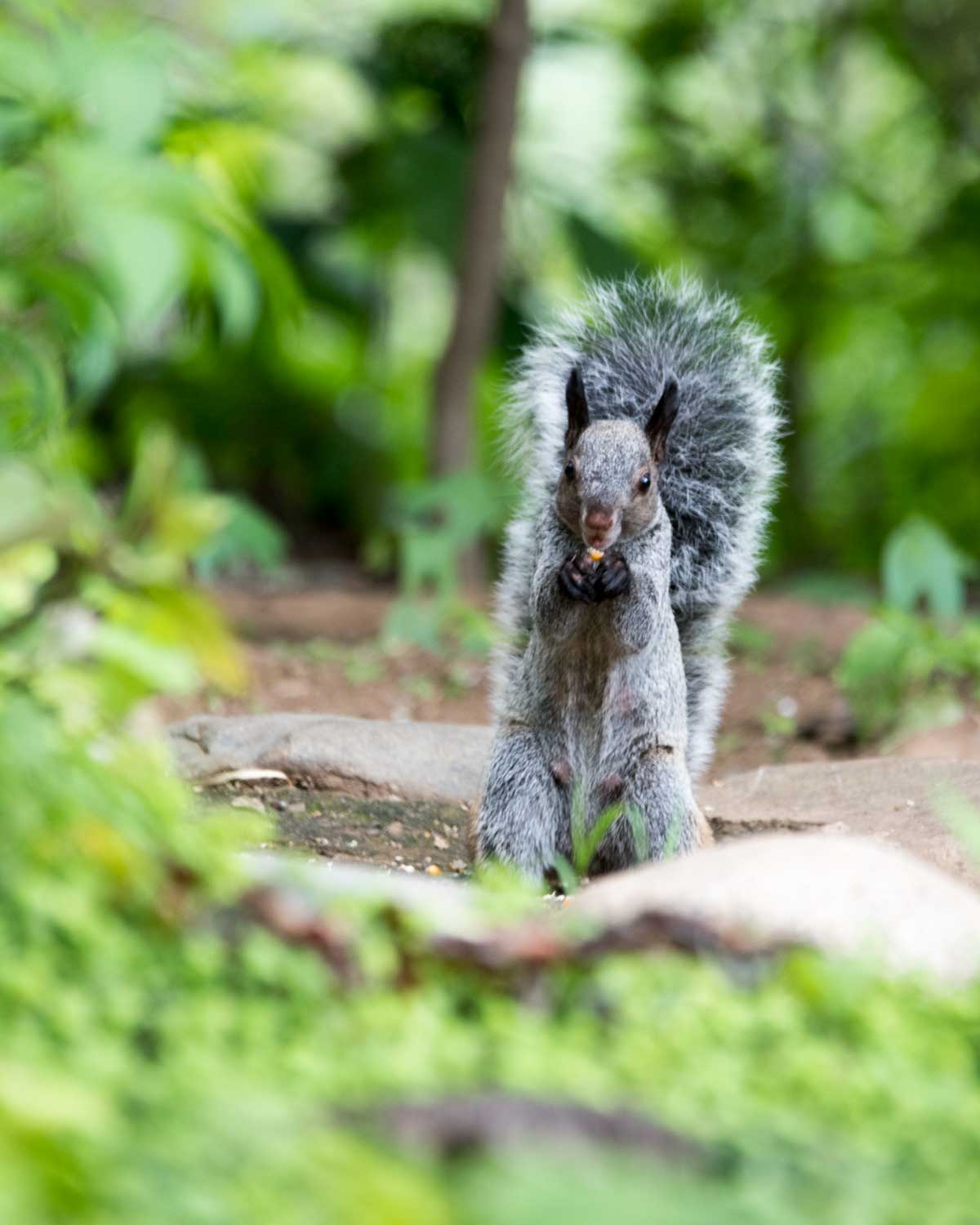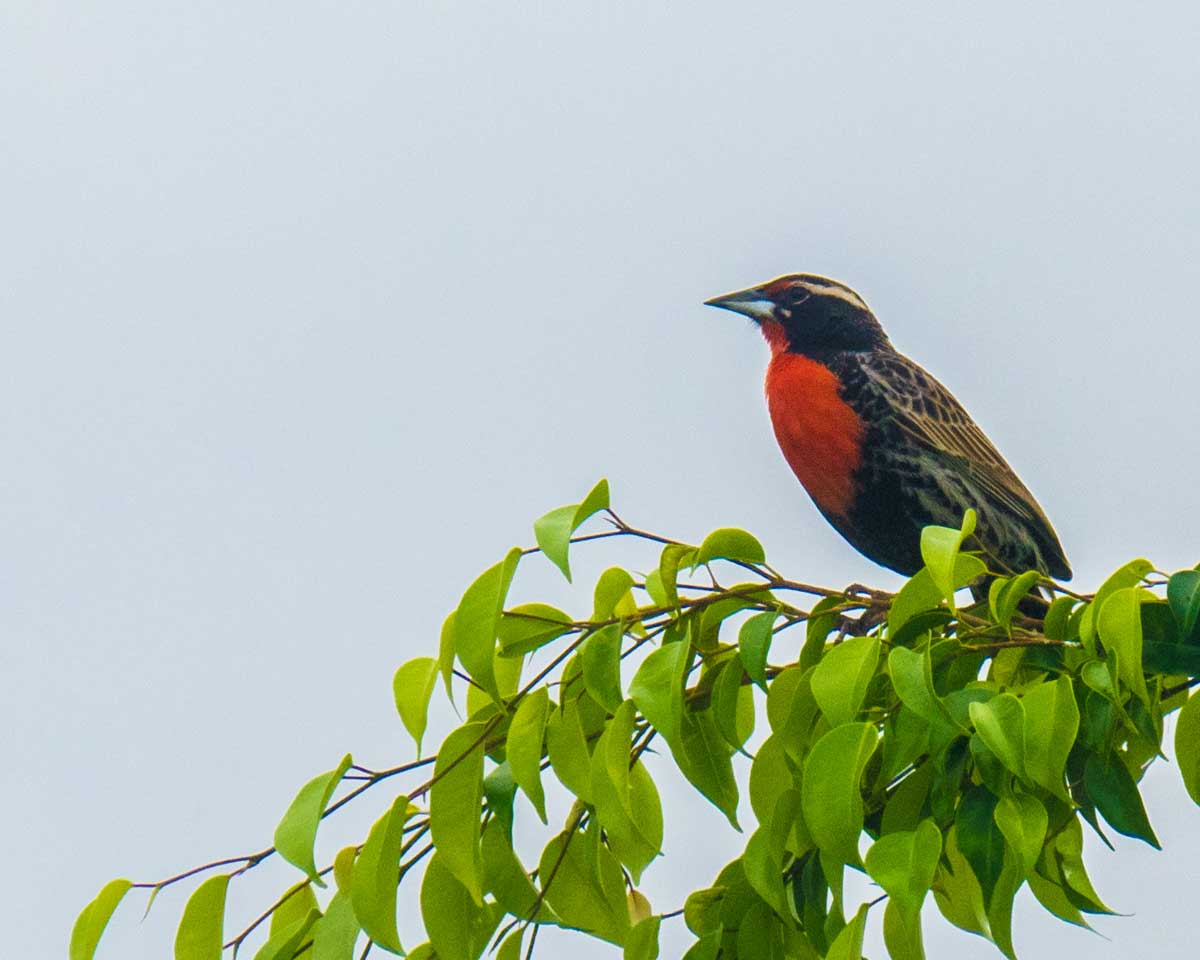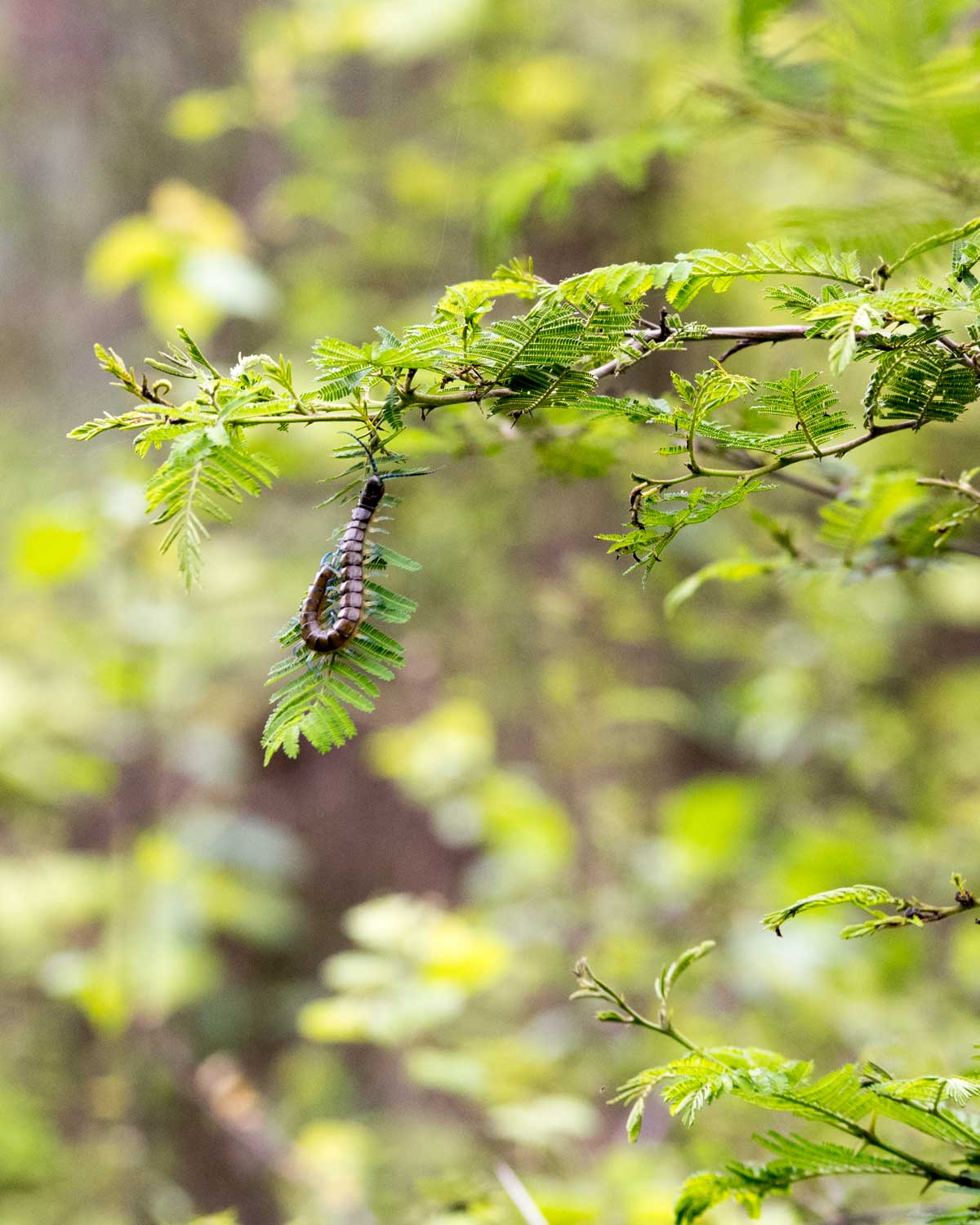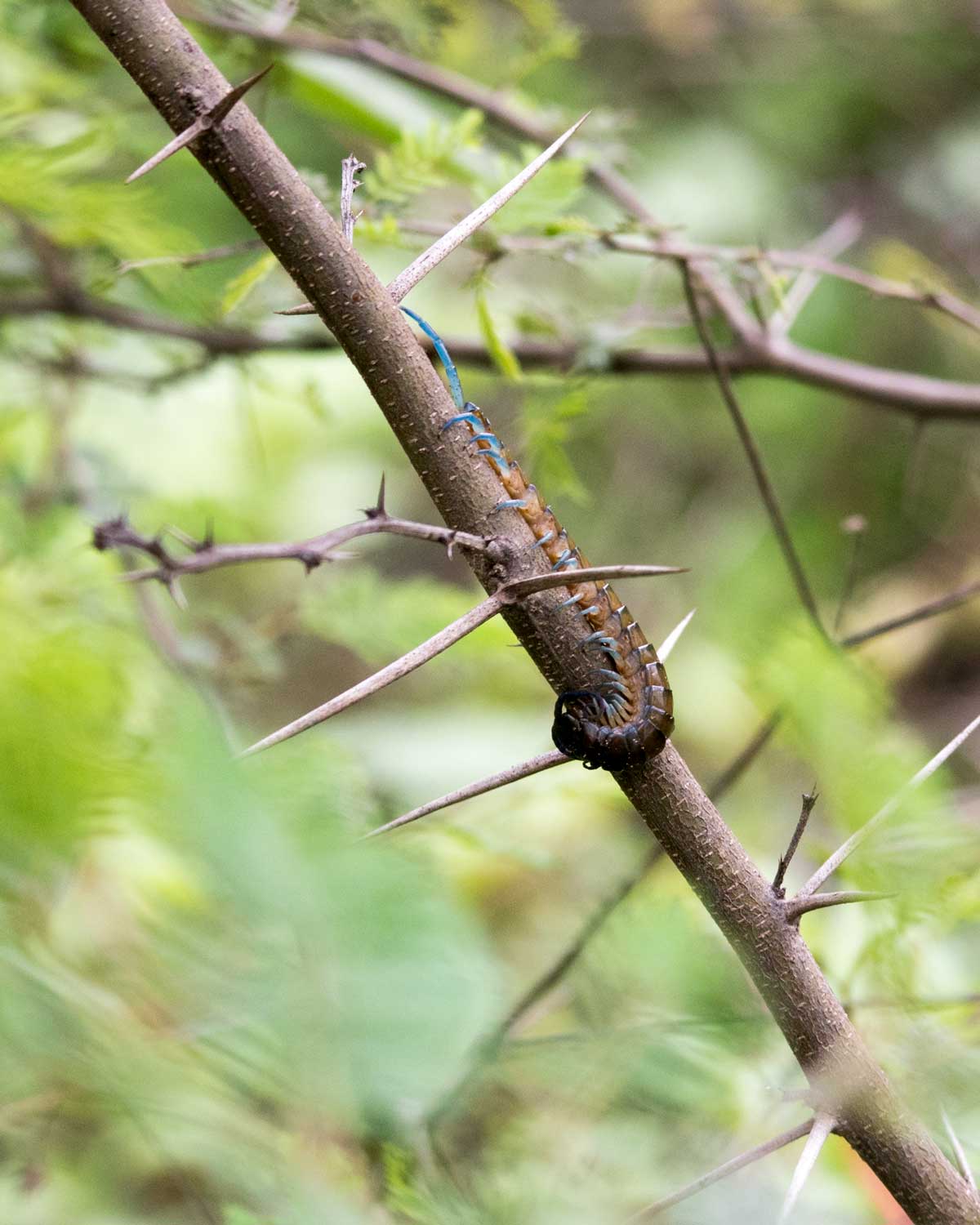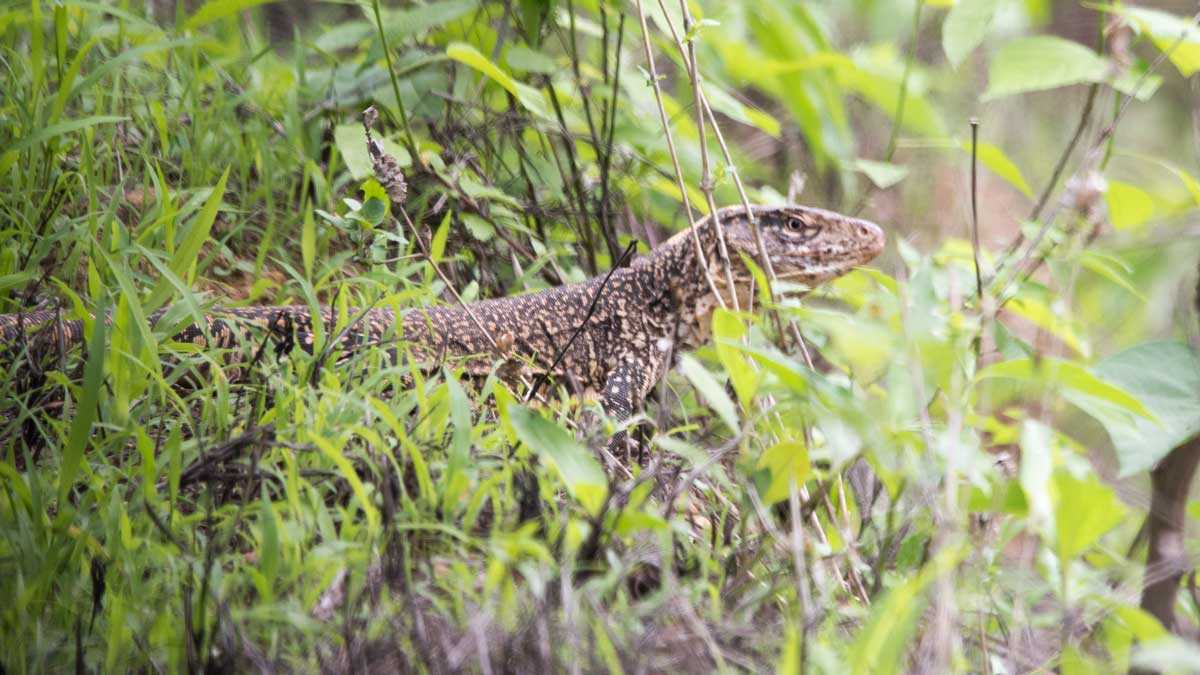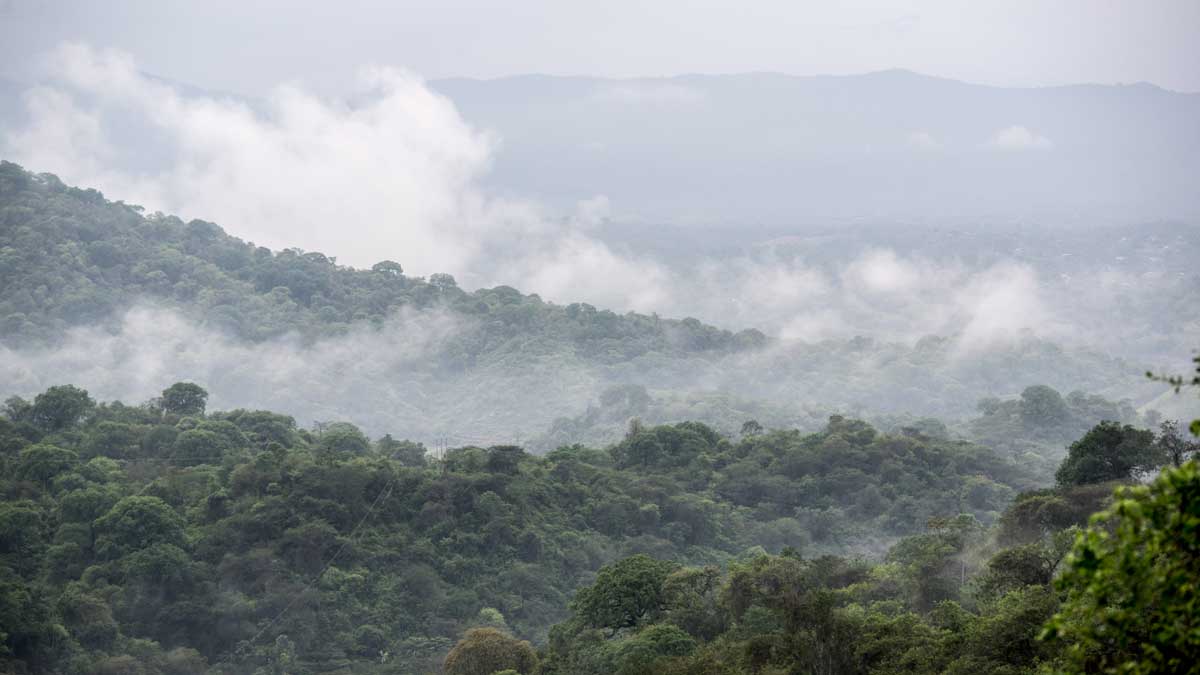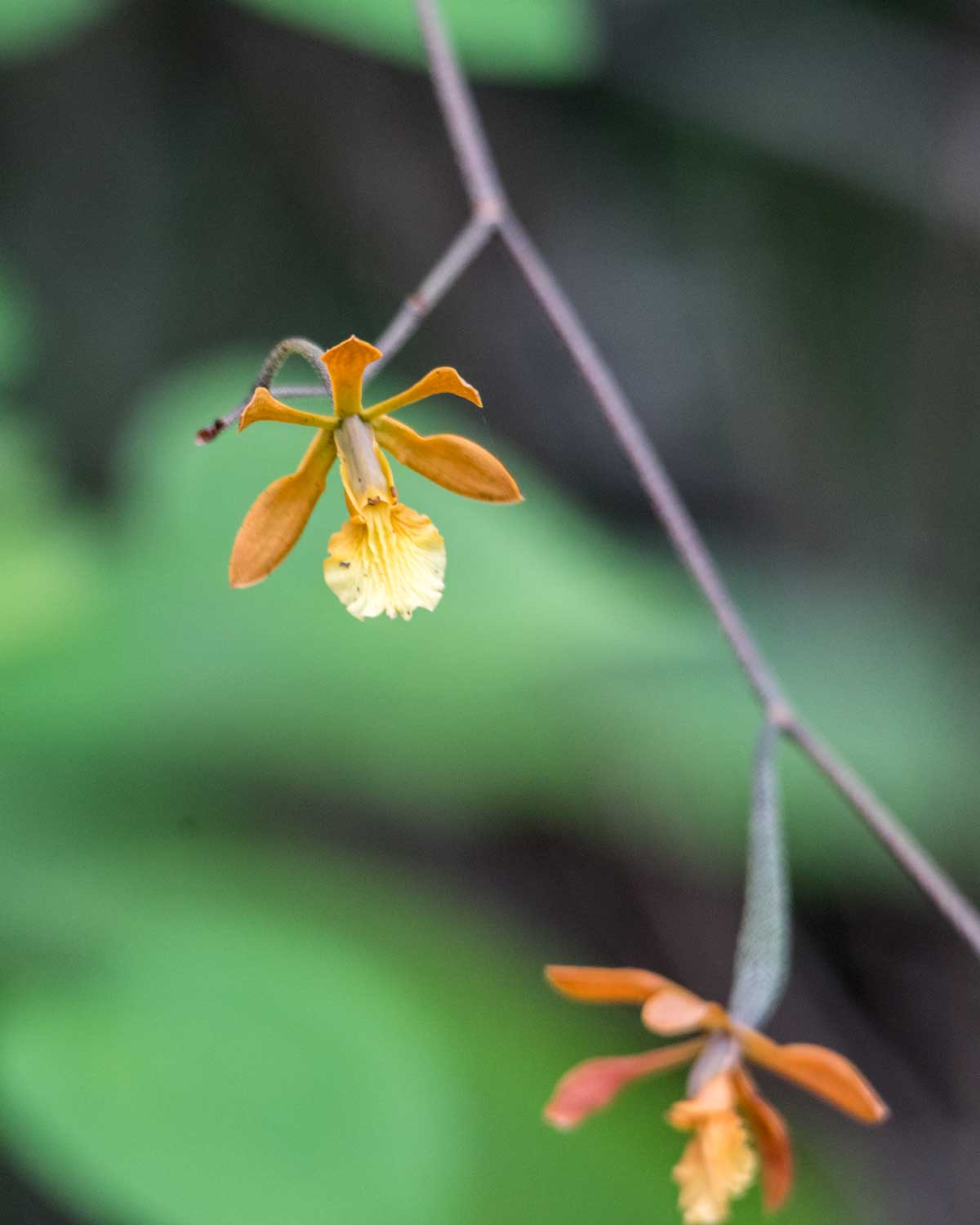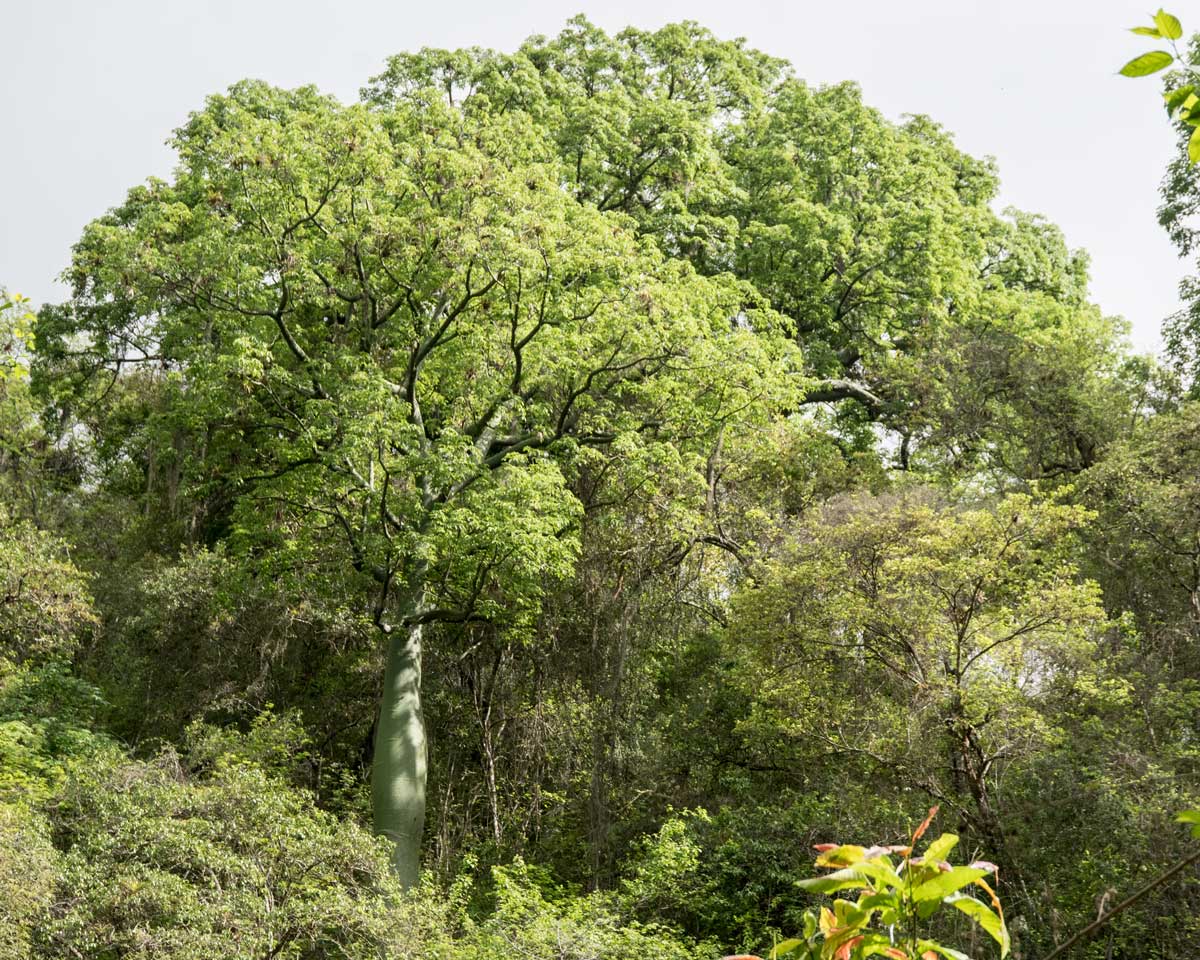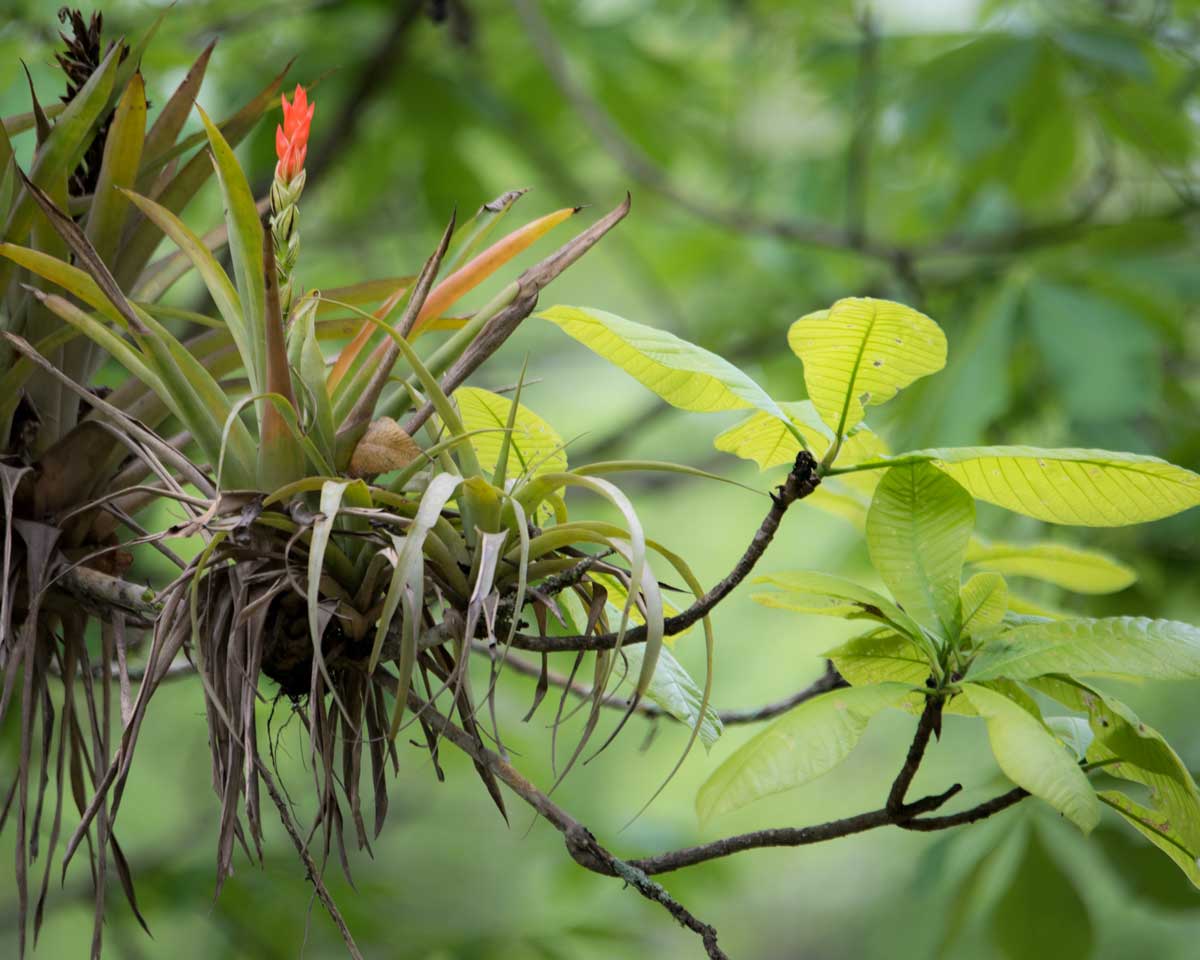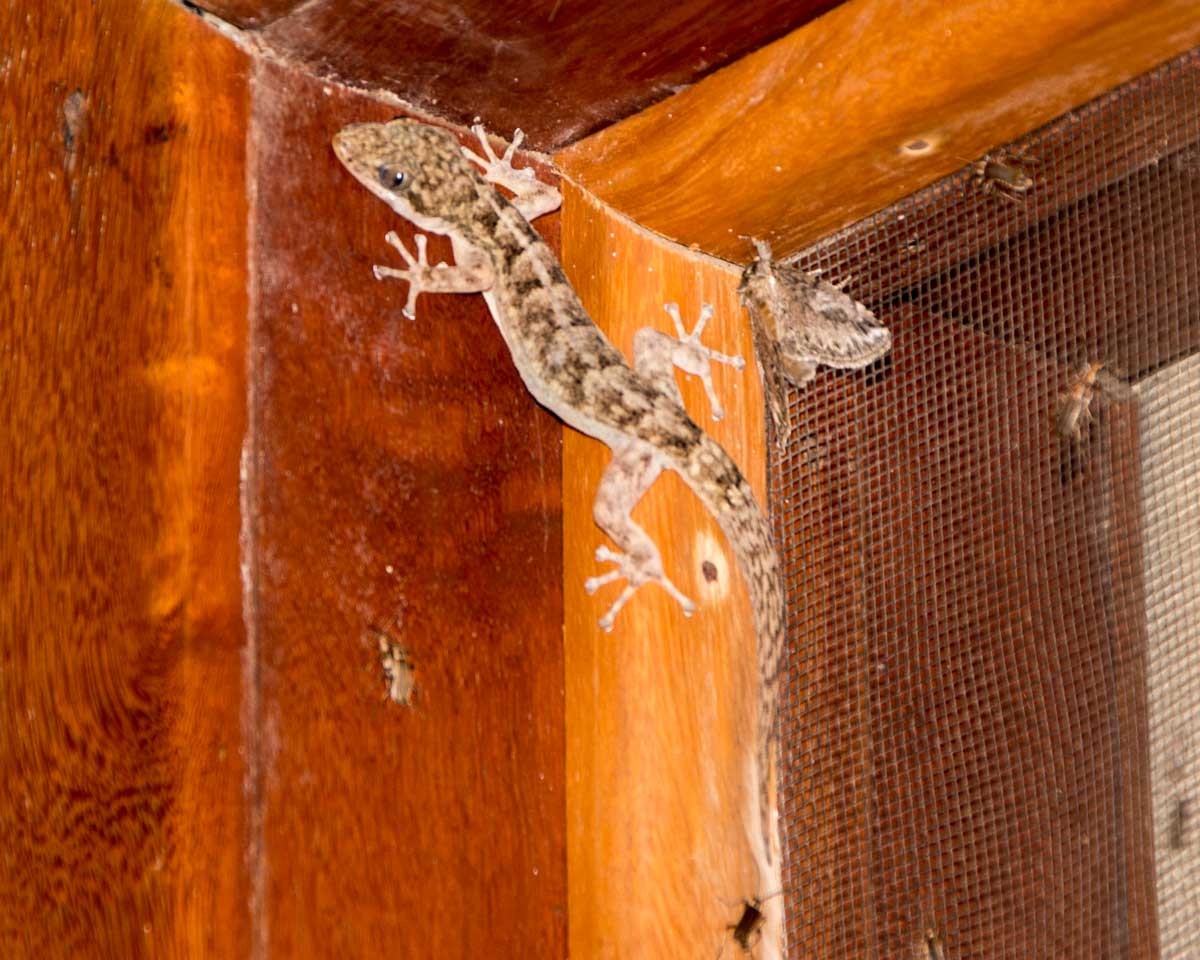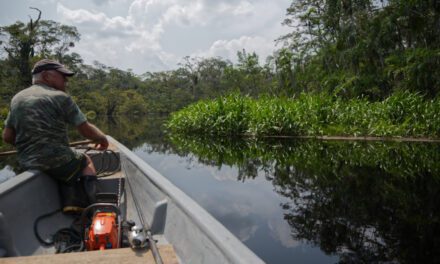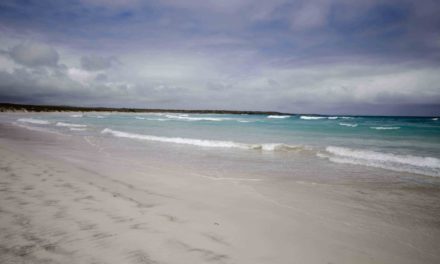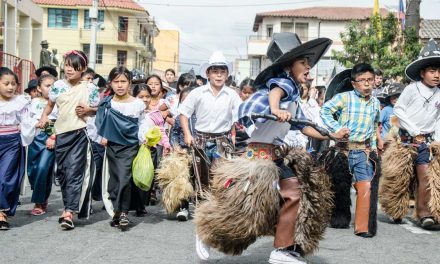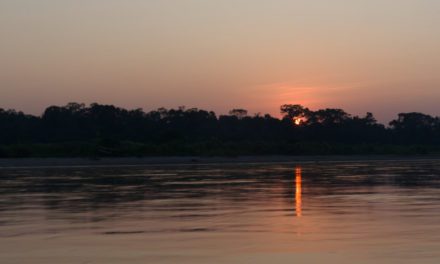As responsible travelers evolve, so do the stories we share.
This article is part of our living archive — trusted content we continue to care for.
First published on April 13, 2019 • Last updated on April 13, 2019.
If you are looking to explore a unique habitat in the wilds of Ecuador, look no further than the Jorupe Reserve. Located a short distance from the Peruvian border near the Ecuadorian town of Macará, the Jorupe Reserve protects animals and plants that can only be found in the Tumbesian dry forest, a unique habitat found only in this part of the world. Currently, most visitors are extreme birdwatchers or scientists, folks who prefer to keep one of the best-kept secrets of the southern Ecuador to themselves!
What is a dry forest?
Before we talk about the wonders of Jorupe, its best to explain the Tumbesian dry forests of Ecuador and Peru. This special habitat is often called a deciduous dry forest. It is deciduous because the trees lose their leaves for at least part of the year. It is dry because of the scant amount of annual rainfall. These forests range from as high as 1000 meters to as low as sea-level and are found on the Andean West Slope of southern Ecuador and northern Peru.
For the vast majority of the year, April through about December, there is so little rainfall that these forests are bone dry. Typical rainfall is measured in hundreds of millimeters with some years of very low rainfall and others with surprisingly heavy rainfalls (especially El Niño years). Temperatures average in the mid-seventies to mid-eighties. The lack of foliage in the dry season makes birdwatching and animal spotting easier as animals have a harder time hiding from watchful eyes.
But when the rain does fall, what a change! Around January of each year, this brown, arid habitat turns a brilliant green as every plant, bush, and tree comes to life. In some isolated parts of this region, the stunning Guayacanes flower a brilliant yellow, painting these forests golden for a scant week in late December or January. While birdwatching can become more complicated in the fully-fledged woodland, it is a great time to see different species that arrive only during this time. Furthermore, many birds use this time to reproduce, making this a great time to find birds on the nest.
Visiting the Jorupe Reserve
Understanding the seasons of the dry forests at the Jorupe Reserve is important for planning your visit. In fact, I recommend visiting twice: once when the forests are lush and once when the slightest breeze makes every leaf in the forest rattle. Our pictures were all taken this last January after several good rains had soaked the ground. The weather during the day was warm, in the eighties, but temperatures dropped slightly in the evenings. It was humid all the time, though not as ghastly damp as Guayaquil or Machala. My temperature sensitive body felt every degree while my husband, who loves warm days, was right at home.
The best way to visit Jorupe is to stay at the Jocotoco Foundation’s Urraca Lodge. Designed to blend into the local forest, the cabins are surrounded by tall trees, providing privacy for guests. Each cabin has a nice porch with a bench (if only they included comfortable chairs or a hammock!) and a large room with screened windows that allow the evening breeze to enter. Each room also has a ceiling fan for warm nights.
However, the best part of Urraca Lodge is the staff. They provided the most professional service of our entire trip in Southern Ecuador. They served delicious food at every meal, answered questions sometimes before we had even asked them, and were essential to helping us understand how to best enjoy ourselves not only at the reserve but also around Macará. In fact, lead park ranger, Leo, sketched out a small itinerary for us on our very first evening.
If I have one complaint, it would be the laundry service. After a week of travel, it was time to wash the majority of our clothes. I did not think to ask about the cost. We had been paying “by the pound prices” down south, about $6-10 a load. We learned the hard way that the Joctoco Lodges (except for Copalinga) charge by the piece and ended up with a hefty bill. Next time, I’ll wash my socks and undies in the sink and leave the big items for the staff to handle!
What To Do At The Jorupe Reserve
There is a myriad of things to do at the Jorupe Reserve from birdwatching to hiking. The reserve is also near Macará and the prolific rice fields of Southern Ecuador, the Utuana cloud forest, and the Macará river with its interesting geography, all of which deserve articles of their own. The border is literally kilometers away and rumor has it that the best ceviche awaits visitors willing to cross to the other side! Since travel in this part of Ecuador can be complicated (we recommend renting a car, hiring a driver/guide, or joining a tour), it makes sense to stay a few days to take advantage of the wide variety of things to do.
Bird Watching at Jorupe
Jorupe has a few endemic species that can be hard to see in other locations, If you are a serious birdwatcher with a life list, this is reason alone to make a trip. During our stay, one gentleman in particular was an avid and well-known birdwatcher. He came looking to add just two species to his life list! His Ecuadorian guide had the visit planned down to the last minute to make sure his two birds were checked. And she had added some other birds he wanted to see in the region to make sure they had multiple opportunities to scratch them off the list. This was the first time I had found myself talking to what I would call a professional birdwatcher… it was an eye-opening experience!
To make the time count at Jorupe, visitors generally spend some time at the feeding stations just off the dining room or on the comfortable porch overlooking the dry forest. Birds that come close to the lodge are the Blue Ground Dove, the Ochre-bellied Dove, the stout Pale-browed Tinamou, the Rufous-headed Chachalaca, the lively White-tailed Jay, the Red-masked Parakeet and the Amazilia Hummingbird.
However, my favorite visitor was not a bird at all. It was the massive Guayaquil Squirrel. It must stand a foot and half tall. With its huge paws and extremely luxurious tail, it is a squirrel not to be missed! And, remember, squirrels in South America are not as common as squirrels in the United States.
Then there are the trails around the lodge. There are dozens of birds to add to your list like the Whooping Motmot, the Ecuadorian Trogon, the Fasciated Wren, the Slaty Becard, the Squirrel Cuckoo as well as a couple of species of becard and seemingly dozens of interesting flycatchers. We also loved that January is nesting season so we were able to see many different kinds of birds’ nests.
Most serious birdwatchers will also add partial day trips to the nearby Utana Reserve (article coming soon!), the rice fields in Macará (have you ever seen a Comb Duck?), and the old airport for the beautiful Peruvian Meadowlark.
Hiking at the Jorupe Reserve
While the Jocotoco Foundation founded the Jorupe Reserve to preserve habitat for birds, that is not the sole reason to visit. Granted, this is an excellent place to see hundreds of bird species. I especially loved that many of these birds were easy to see. Truth be told, I was not on my birding game at Jorupe as heat can sometimes knock me for a loop. However, so many of the birds seemed happy to just jump in view of my binoculars. What helped the most is that Leo was willing to hike with us. His well-adapted eyes and ears pinpointed species that Scott and I would never have noted on our own.
But if birds aren’t enough for you, don’t despair. There are several great trails to hike that meander through the primary dry forest. Solo or quiet hikers are most likely to spot reptiles and small animals that make this forest their home. We actually saw a gigantic species of lizard or iguana sunning on the road, a sight that is more normal in the dryer months. Better yet was a blue millipede with impressive pincers. Good thing we didn’t touch it. Leo warned both my husband and me that this colorful character was very poisonous. A good rule of thumb in the dry forest, don’t touch the wildlife!
My favorite part of Jorupe were the views. There were several places to capture great pictures of this one-of-a-kind mountain landscape. One is the large tower, built for birdwatchers but perfectly functional for landscape photographers as well. My favorite shots included at least one of the large, distinctive ceiba trees with the midnight blue Andes in the distance. The mountains in the distance of almost every landscape photo are part of neighboring Peru.
Jorupe IS FOR NATURALISTS OF ALL KINDS
If you are like us, birds will not be your only love. Don’t get me wrong. I love a good bird photo. But if birds are scarce, I am also happy exploring unique plant life, especially orchids. While we were a tad early for orchid season, we did get to see one elegant example of a dry forest orchid, a beauty in pale orange.
And I loved the trees. The Ceiba, sometimes called a Kapok, thrives in this region. Its thick, bulbous trunk turns green after the rains. I also learned that a similar looking tree, with a gray, warty trunk, is not a Ceiba at all. It is a Petrino, another spongy-trunked wonder that stores water for the dry season. Then there is the Jorupe tree for which the lodge is named. This tree has delicate white flowers that look like falling lace.
If you like insects, you will love Jorupe at night. A seemingly endless variety of moths gather around every light and are attracted to many of the lighter colored walls. We saw moths with huge, furry antennae, with owl eyespots, and with three-dimensional wings that make them look like small, folded paper airplanes. We also found tiny Praying Mantis. Furthermore, night also brought out geckos small and large and a few species of amphibians. Keep your eyes peeled even at night!
While it is hard for me to tell you that I have a favorite place in Ecuador, I have to admit that Jorupe will hold a special place in my heart. This is a place that resonates in ways that some birding lodges don’t. If you are interested in experiencing the Jorupe Reserve for yourself, the best way to make reservations is through Jocotours, They can help set up your visit to this lodge and several of their other properties in Ecuador.


